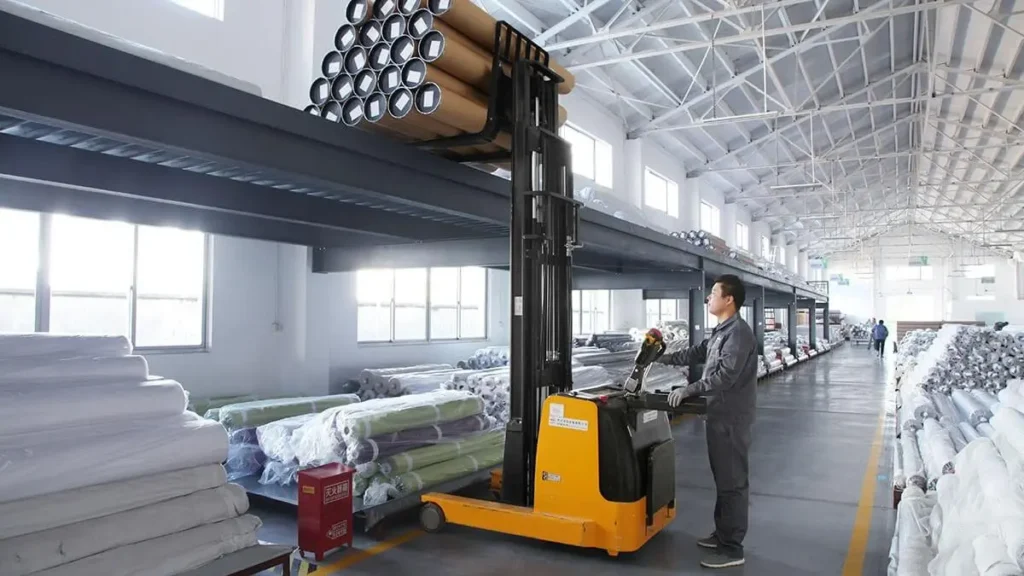Are you managing a large-scale project and finding it hard to meet your budget and timeline for window treatments? The process of sourcing many blinds can be complex, leaving project managers feeling frustrated by inconsistent quality and unreliable delivery.
Buying blinds in bulk can significantly reduce costs and streamline procurement for large projects, making it a strategic move for businesses that need to maintain consistent design and quality across multiple units or properties.
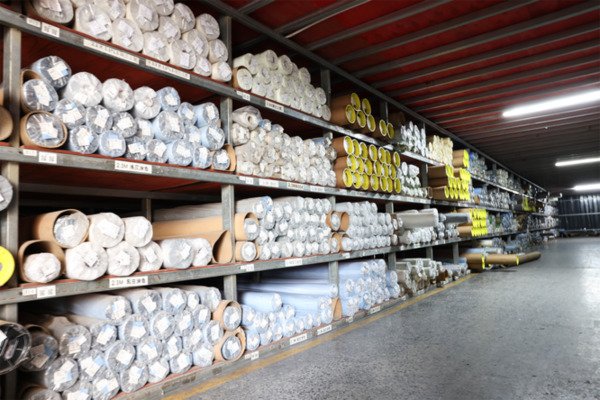
As a procurement manager, I constantly look for ways to optimize value and efficiency. I understand the pressures of balancing quality with cost, especially when dealing with high-volume orders. Let us explore the critical steps to confidently buy blinds in bulk, ensuring a smooth process and a successful outcome for your business.
Why Should You Consider Buying Blinds in Bulk?
Have you ever wondered if buying blinds in bulk really makes a difference to your bottom line and project timelines? Many buyers overlook the strategic benefits of large orders.
Buying blinds in bulk offers significant cost savings, ensures product consistency across large projects, streamlines the procurement process, and strengthens supply chain relationships to enhance overall project efficiency and profitability.
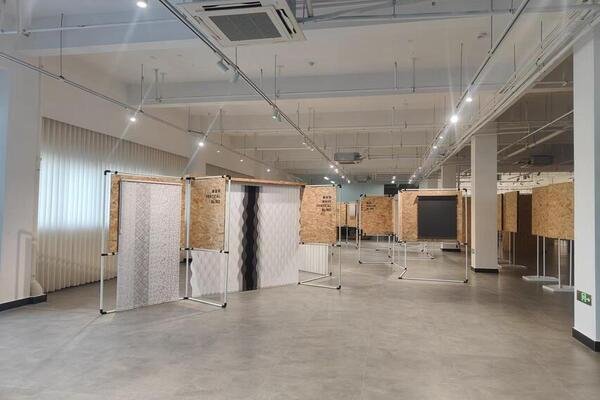
When I manage large residential developments or commercial fit-outs, I always look for efficiencies. It quickly became clear to me that bulk purchasing was not just about getting a lower price. It was about creating a smarter way to work. It changed how I planned projects and managed resources.
What are the Benefits of Buying Blinds in Bulk?
I have seen firsthand how bulk purchasing can affect a project’s success. It provides several key advantages that are important for any large-scale operation.
- Significant Cost Savings: This is often the first benefit that comes to mind. When I buy in larger quantities, I almost always get a better price per unit. Manufacturers provide discounts for large orders because it helps them with their production planning and reduces their overheads. These savings can add up to a lot, especially for projects with hundreds or thousands of windows. It helps me stay within budget and increases the profitability of my projects.
- Product Consistency and Quality Control: For projects with many units, like hotels or apartment complexes, consistent product quality and appearance are very important. Buying in bulk from one supplier helps ensure that all blinds come from the same production batch. This reduces variations in color, material, and operational quality. I can specify higher quality control standards for bulk orders, giving me more leverage to demand consistent results. This gives me peace of mind that all my units will look uniform and perform reliably.
- Streamlined Procurement Process: Instead of placing many small orders, buying in bulk means fewer purchase orders, invoices, and shipping arrangements. This saves a lot of administrative time and effort. I can spend less time managing paperwork and more time focusing on other critical aspects of the project. It simplifies my job and reduces the risk of errors that can happen with multiple small transactions.
- Improved Logistics and Shipping Efficiency: Consolidating many blinds into a single, larger shipment is often more efficient and cost-effective than shipping many smaller packages. It can lead to better use of container space and lower freight costs per unit. I can plan deliveries more strategically, ensuring that the blinds arrive when and where they are needed, which helps keep my project schedule on track.
- Stronger Supplier Relationships: Placing large, consistent orders often leads to stronger, long-term relationships with suppliers. This can result in better service, priority access to new products, faster response times, and more flexibility during negotiations. A trusted supplier becomes a valuable partner who understands my needs and supports my business growth.
- Reduced Risk of Stockouts: With a large inventory readily available, I reduce the risk of running out of a specific blind style or size. This is particularly important for projects with tight deadlines, where delays due to material shortages can be very costly.
By taking advantage of these benefits, I can make smarter decisions that improve both the financial and operational aspects of my projects.
What Types of Blinds Are Best-Suited for Bulk Purchasing?
Are you wondering which types of blinds are most suitable for large orders without compromising on style or functionality? Not all blinds are created equal when it comes to bulk procurement.
Several types of blinds are ideal for bulk purchasing, especially those with standardized components, high manufacturing efficiency, and broad appeal, such as roller shades, zebra blinds, and cellular shades, due to their versatility and cost-effectiveness.

From my experience, understanding which products are inherently suited for bulk orders prevents a lot of headaches. It is not just about what is popular, but what can be manufactured consistently and efficiently in large quantities. This insight has guided many of my successful bulk orders.
Which Blinds are Best for Bulk?
When I plan a bulk order, I prioritize blinds that combine versatility, durability, and ease of manufacturing. These specific types have proven to be the most effective for large-scale projects.
- Roller Shades: Roller shades are excellent for bulk orders because of their simple design and high demand. They consist of a single piece of fabric that wraps around a roller, making them straightforward to produce in large quantities.
- Versatility: They come in many fabric options, including blackout, room darkening, light filtering, and screen shades. This makes them suitable for various applications, from bedrooms to office spaces.
- Cost-Effectiveness: Their basic structure means lower material and manufacturing costs compared to more complex blind types.
- Customization: While simple, they offer broad customization in fabric color, texture, and operating mechanisms (manual chain, spring-assisted, or motorized).
- Durability and Low Maintenance: They are known for their durability and are easy to clean, which is important for commercial settings and rental properties.
- Zebra Shades (Dual Layer Shades): These shades offer a unique combination of privacy and light control with their alternating sheer and solid fabric bands. They are gaining popularity in modern designs.
- Aesthetic Appeal: They provide a contemporary look that is appealing in many residential and commercial projects.
- Functionality: Their dual-layer design allows for flexible light control without raising the shade completely.
- Manufacturing Efficiency: While slightly more complex than roller shades, their production process is still highly automatable for bulk quantities.
- Cellular Shades (Honeycomb Blinds): Known for their energy efficiency, cellular shades are also a strong candidate for bulk purchases, especially for projects focused on sustainability or climate control.
- Energy Efficiency: Their honeycomb cell structure traps air, providing excellent insulation, which can lead to significant energy savings. This is a big selling point for green buildings.
- Sound Absorption: The cellular design also helps absorb sound, improving acoustics in large rooms or busy environments.
- Variety: Available in various cell sizes, opacities (sheer to blackout), and colors, they offer many design choices.
- Consistent Quality: The manufacturing process for cellular shades is well-established, allowing for consistent quality in bulk.
- Vertical Blinds (for commercial use): While less common in modern residential settings, vertical blinds remain a practical choice for large windows and sliding glass doors in commercial or institutional buildings.
- Coverage for Large Openings: They are perfectly suited for wide openings where other blinds might be too heavy or complex.
- Durability: Made with sturdy PVC or fabric slats, they are built to withstand heavy use.
- Cost-Effective for Commercial Projects: Their design allows for efficient manufacturing for large-scale commercial orders, providing good value.
These types of blinds strike a balance between aesthetic appeal, functionality, and manufacturing scalability. This makes them ideal for my bulk purchasing needs.
How Can You Evaluate Quality When Ordering in Large Quantities?
Do you worry that a large order might lead to a drop in quality, making it difficult to ensure consistency across hundreds or thousands of units? Maintaining high standards in bulk can be tricky.
To evaluate quality when ordering blinds in large quantities, buyers must implement strict quality control protocols, including pre-production checks, in-process inspections, and comprehensive pre-shipment inspections, often leveraging third-party services for objective verification.
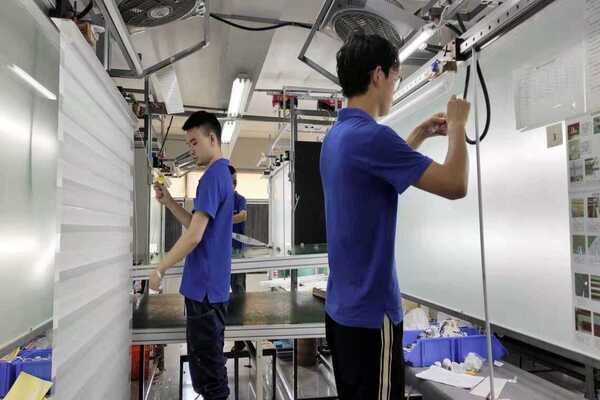
I learned early on that relying solely on a supplier's assurances for bulk orders is risky. My approach now involves a multi-layered quality assurance process. This ensures that every blind, whether the first or the thousandth, meets my exact specifications.
What are the Key Quality Evaluation Steps?
Ensuring consistent quality for a bulk order needs a systematic approach. I follow these steps to protect my investment and uphold my project standards.
- Detailed Specifications and Golden Samples: Before production begins, I provide very detailed product specifications. These include exact measurements, material types, color codes, operational mechanisms, and packaging requirements. I also approve a "golden sample" or pre-production sample. This becomes the benchmark for all future production. All subsequent units must match this approved sample.
- Factory Audits and Supplier Vetting: Before placing a bulk order, I conduct a thorough factory audit. This assesses the supplier’s production capabilities, quality management systems (like ISO 9001 certifications), and ethical practices. I look for organized factories, clear production lines, and a dedicated quality control team. This initial vetting helps me determine if a supplier can handle a large order consistently.
- In-Process Quality Control (IPQC): During production, I arrange for in-process inspections. This involves checking the quality of materials as they arrive at the factory, monitoring production line processes for defects, and ensuring assembly steps are correctly followed. This proactive approach catches issues early, preventing costly rework later.
- Material Inspection: Verify that raw materials (fabrics, headrails, cords, motors) conform to specifications.
- Assembly Checks: Ensure correct assembly of components and proper functionality of operating mechanisms.
- Random Spot Checks: Conduct periodic checks on partially finished products to identify and correct deviations.
- Pre-Shipment Inspection (PSI): This is a critical step. A PSI is performed when a significant portion of the order (e.g., 80% to 100%) is packed and ready for shipment. I (or a third-party inspector) inspect a random sample of the finished products based on internationally recognized AQL (Acceptable Quality Limit) standards.
- Visual Inspection: Check for defects, correct colors, and finishes.
- Dimensional Checks: Verify that sizes match the order.
- Functionality Tests: Operate blinds to ensure smooth movement, proper locking mechanisms, and motor function for motorized blinds.
- Quantity Verification: Confirm the correct number of items.
- Packaging and Labeling Check: Ensure packaging is adequate for transit and labels are accurate as per my requirements.
- Third-Party Inspection Services: For very large or critical orders, I often hire a third-party inspection agency. They provide an impartial quality assessment, offering an unbiased report. This adds an extra layer of assurance and helps me maintain leverage with the supplier.
- Defect Handling and Warranty: The contract with the supplier must clearly define how defects will be handled. This includes return policies, replacement procedures, and any financial liabilities for defective products. I also ensure a strong warranty is in place, especially for motorized components, to cover long-term quality issues.
By implementing these rigorous quality control measures, I can approach bulk purchasing with confidence. This helps ensure that every blind delivered meets my exact standards.
What Are the Pricing and MOQ Considerations for Bulk Orders?
Are you wondering how to navigate the pricing structures and minimum order quantities that come with bulk purchases? Getting the best deal often involves more than just asking for a discount.
For bulk blind orders, buyers must understand that pricing is influenced by volume, customization, and factory capacity, while minimum order quantities (MOQ) are negotiable and dependent on the supplier's production models and raw material sourcing.
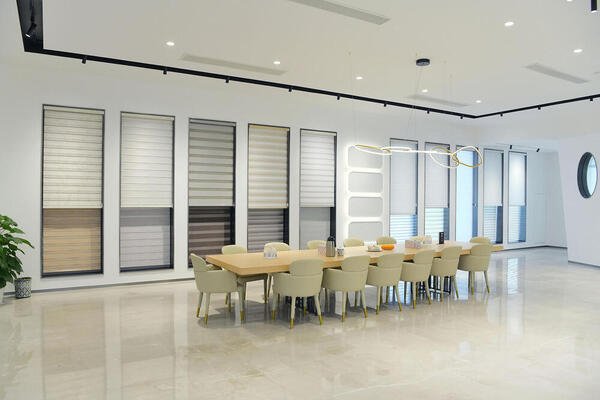
I have learned that chasing the absolute lowest price can sometimes lead to compromises in quality or reliability. Instead, I focus on "value pricing." This means balancing cost savings with consistent quality and a reliable supply chain. Understanding the details behind MOQs and pricing allows me to negotiate effectively.
How to Understand Pricing and MOQs?
When it comes to bulk orders, pricing and MOQs are closely linked. I approach them with careful consideration.
- Factors Influencing Unit Price:
- Volume Discounts: The most obvious factor is the quantity. The more blinds I order, the lower the unit price generally becomes. This is because the supplier can spread their fixed costs (like setup and labor) over more units.
- Material Costs: The type of fabric, headrail material (aluminum vs. steel), and motor brand (e.g., Somfy vs. a generic brand) significantly impact the price. High-quality, specialized, or imported materials will naturally cost more.
- Customization Level: Highly customized sizes, unique finishes, or complex operating systems (e.g., integrated smart home features) will increase the unit cost. Standardized sizes and designs are always more cost-effective in bulk.
- Complexity of Design: Simpler designs like roller shades are typically cheaper to produce in bulk than multi-layer blinds or blinds with intricate patterns.
- Packaging: Special packaging or individual retail packaging will add to the cost compared to simple bulk shipping.
- Lead Time: Rush orders or very short lead times might incur higher costs due to overtime or expedited material sourcing.
- Minimum Order Quantity (MOQ) Explained:
- Why MOQs Exist: Suppliers set MOQs for a few key reasons. First, it makes their production runs efficient. Factories have setup costs, and producing a small number of units is not cost-effective for them. Second, suppliers often buy raw materials in bulk from their suppliers, and those suppliers also have MOQs.
- Standard vs. Custom MOQs: Standardized blinds (common sizes, popular colors) usually have lower MOQs. Custom or specialized products will have higher MOQs because special materials or tooling might be required.
- Negotiating MOQs: While MOQs are set, they are often negotiable, especially if I am a long-term buyer or plan to place repeat orders. I have found success by:
- Bundling Orders: Combining several smaller projects into one larger order can help meet the MOQ.
- Accepting Slightly Higher Prices: Sometimes, a supplier might agree to a lower quantity if I am willing to pay a slightly higher unit price to cover their overheads.
- Considering Stock Items: Ask if the supplier has any overstock or standard items that can be purchased below their typical MOQ.
- Building a Relationship: Over time, a strong relationship can lead to more flexible MOQ policies.
- Getting a Quote: When requesting a quote for bulk orders, I provide as much detail as possible. This includes detailed specifications, desired quantities, preferred payment terms, and delivery timelines. I get quotes from several suppliers to compare not just prices but also terms and conditions.
By understanding these factors, I can approach negotiations with confidence. This allows me to get the best possible value for my bulk blind purchases.
How Do Logistics and Shipping Work for Bulk Blind Purchases?
Are you concerned about the complexities of getting thousands of blinds from a factory to your project site without delays or damage? Bulk shipping can seem like a logistical nightmare.
For bulk blind purchases, effective logistics and shipping involve selecting the right Incoterms, partnering with experienced freight forwarders, optimizing container utilization, and meticulously managing all customs documentation to ensure timely and cost-effective delivery.
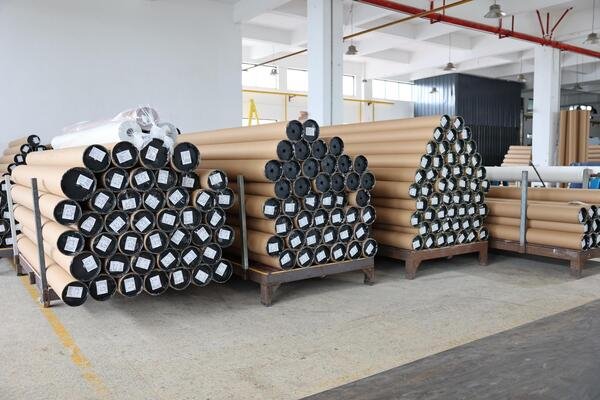
I have streamlined my logistics process over the years. I know from experience that a small error in shipping or documentation can lead to massive headaches and cost overruns. Proper planning and reliable partners are truly the backbone of successful bulk importing.
What are Key Logistics Considerations?
Moving a large volume of blinds requires careful planning and coordination. I focus on these key areas for smooth logistics.
- Incoterms Selection: This is my first step. Choosing the right Incoterm (International Commercial Term) clarifies who is responsible for what at each stage of shipping.
- FOB (Free On Board): This means the supplier is responsible for getting the blinds to the port of origin and loading them onto the vessel. I then take over the costs and risks from that point. This gives me more control over freight selection and often better FCL (Full Container Load) rates.
- CIF (Cost, Insurance, Freight): The supplier arranges and pays for the freight and insurance to my destination port. I take over once the goods arrive at my port. This is less control but can be simpler for me.
- DDU/DDP (Delivered Duty Unpaid/Paid): The supplier handles almost everything, including customs and delivery to my final destination. DDP means duty paid as well. This is usually more expensive but offers the most convenience, which can be useful if I am less experienced with international shipping.
- Freight Forwarder Partnership: A reliable freight forwarder is my central point of contact. They manage the actual shipping process.
- Expertise: I choose a freight forwarder who has extensive experience with imports from China and familiarization with construction materials, especially window treatments.
- Services: They help me with booking cargo space, preparing shipping documents, customs clearance, and often arranging inland transportation to my project site.
- Communication: Clear and consistent communication with my forwarder is very important to manage expectations and resolve any issues quickly.
- Container Optimization (FCL vs. LCL):
- FCL (Full Container Load): For bulk blinds, I almost always aim for FCL. This is when my goods fill an entire shipping container (e.g., 20-foot or 40-foot). FCL is generally more cost-effective per unit, offers better security for my goods, and usually leads to faster transit times because the container is not being consolidated with other shipments.
- LCL (Less than Container Load): If my order is not large enough to fill a full container, I use LCL. This means my goods share container space with other shipments. While cheaper for smaller volumes, LCL can lead to longer transit times due to consolidation and deconsolidation processes at ports, and there is a higher risk of damage as goods are handled more.
- Documentation and Customs Clearance: This is where accuracy is vital. I ensure all documents are correct and complete.
- Commercial Invoice: Contains detailed product descriptions, quantities, and values.
- Packing List: Shows the contents of each carton and overall weight/dimensions.
- Bill of Lading/Air Waybill: The contract of carriage.
- Certificate of Origin: Confirms where the goods were manufactured.
- Customs Declaration: Submitted to my country’s customs authority.
- HS Codes: Correctly identifying the Harmonized System (HS) codes for blinds is crucial for calculating accurate duties and taxes.
- Insurance: I always secure cargo insurance. This protects my investment against loss or damage during transit, which can happen with international shipping. This covers events like theft, fire, or damage from heavy seas.
- Port Selection and Inland Transportation: I work with my forwarder to choose the most efficient port of entry. I also plan for inland transportation from the port to my warehouse or direct to the project site. This needs to be coordinated in advance, especially for large deliveries.
By mastering these elements, I can ensure that my bulk blind purchases are delivered efficiently, on time, and within budget, minimizing stress and maximizing project success.
Conclusion
Buying blinds in bulk is a strategic move, offering cost savings, consistency, and streamlined operations. By carefully evaluating quality, understanding pricing, and mastering logistics, you can navigate the complexities and secure a reliable supply chain.
